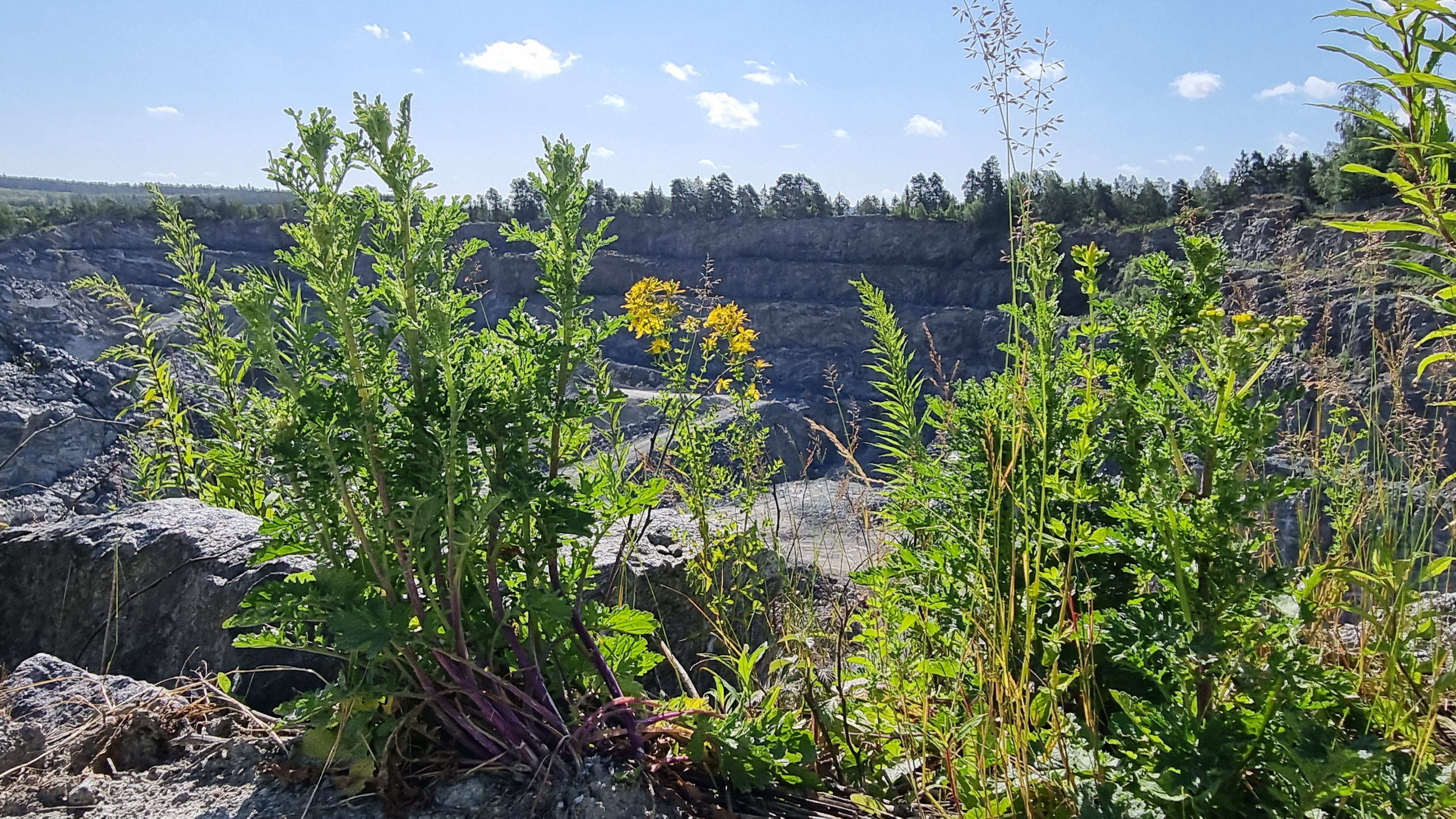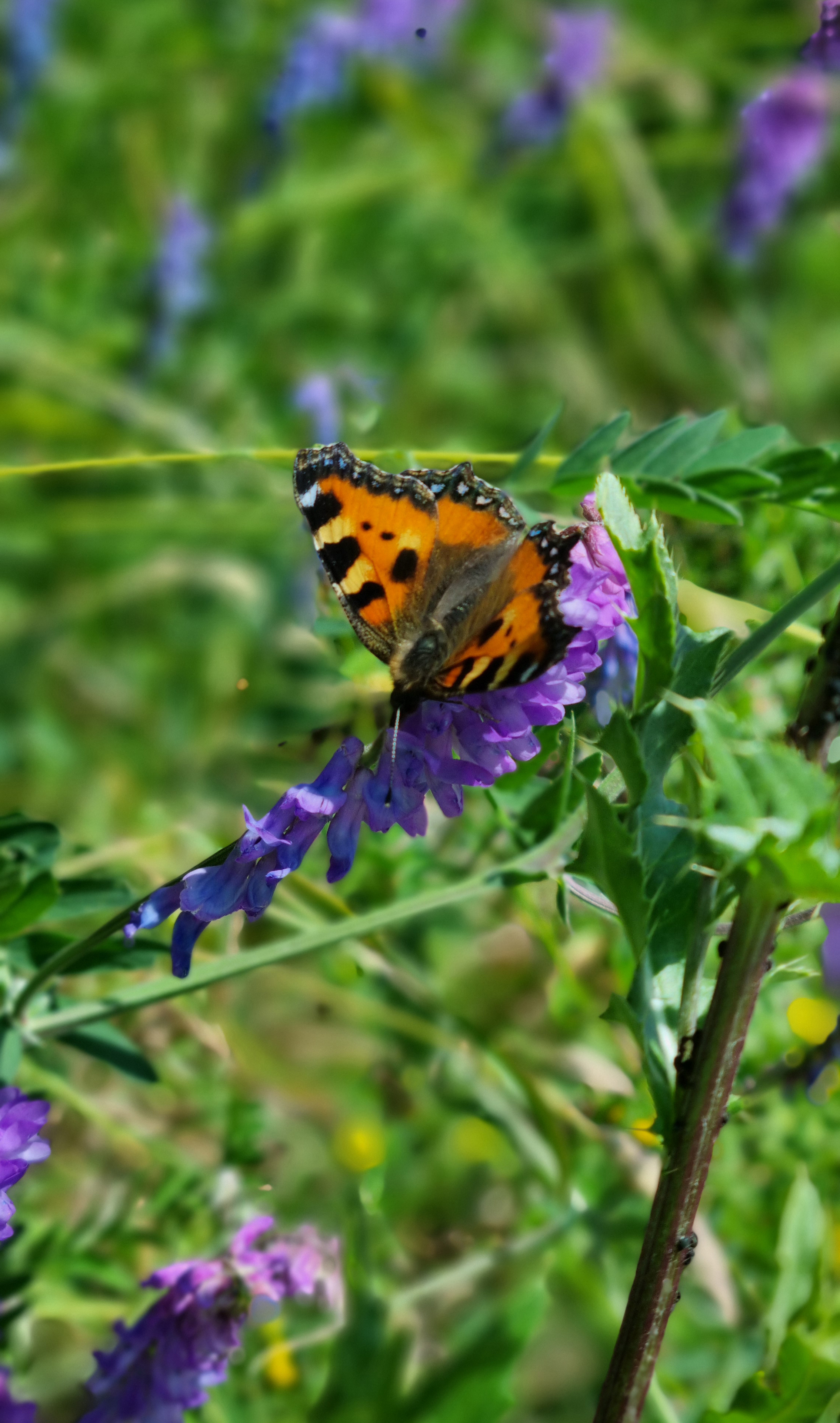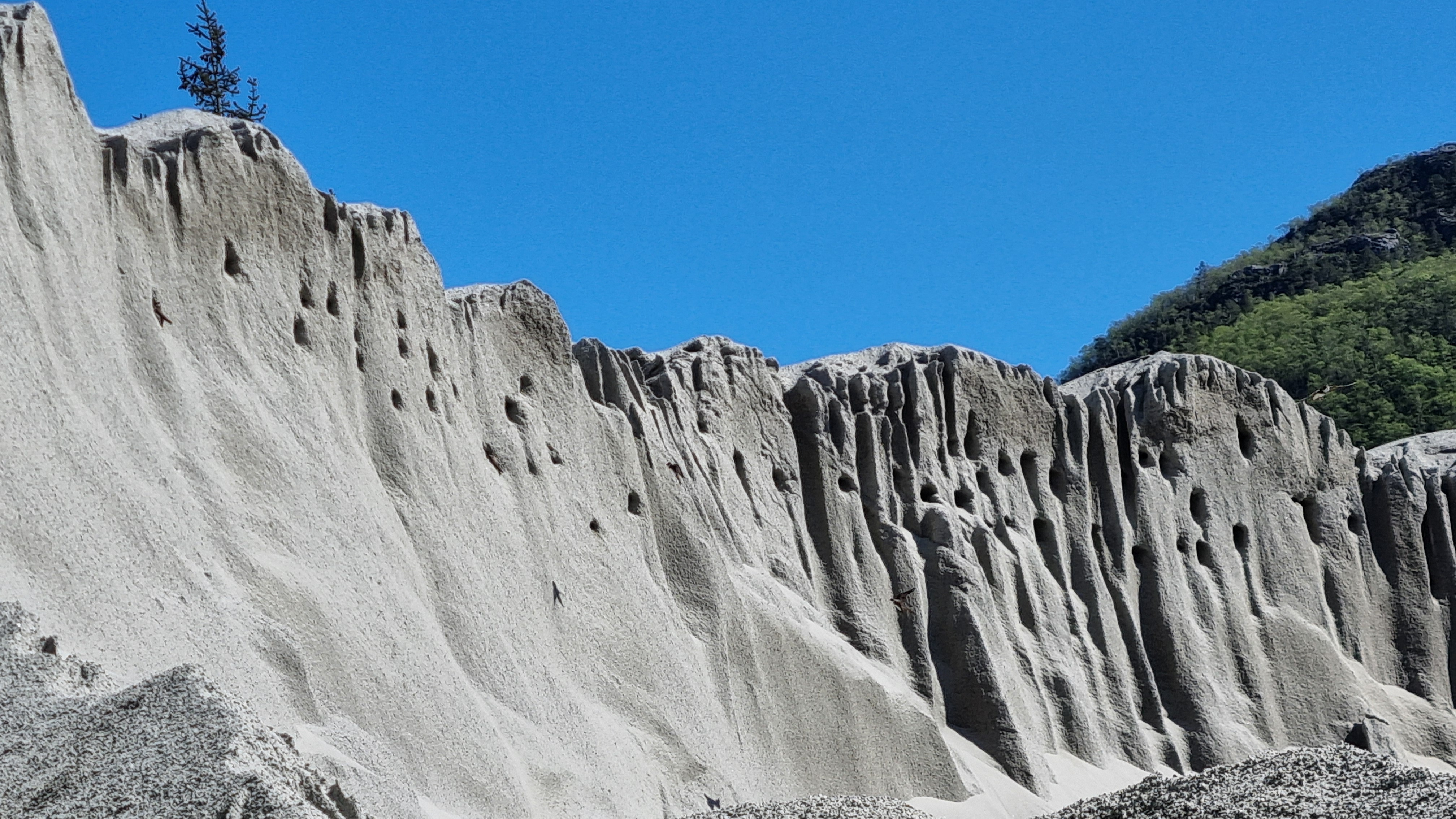Sustainability
Heidelberg Materials Aggregates aims to produce sand, gravel, and crushed stone in a way that leaves the smallest possible footprint on nature and the environment. We strive to manufacture aggregates using as much green energy as possible and to contribute positively to nature and biodiversity.
We have developed Environmental Product Declarations (EPDs) for all our products, where these ambitions are quantified. These can be accessed here:
- Sand from Nenset – Skien
- Evobuild – gravel from Nenset – Skien
- Gravel and crushed stone from Svingen – Halden
- Sand and gravel from Årdal.
- The EPD from Røyneberg is currently under approval.
Furthermore, we aim to be good neighbours. That’s why we have installed dust suppression systems at all our facilities, water the roads during dry periods, and sweep them regularly to keep them clean and dust-free. We treat the water we use before it is discharged into rivers or the sea, and we design our facilities to minimise noise pollution in the surrounding areas.
There is also rich biodiversity in our sand pits and quarries. Many species that previously inhabited riverbanks and other sparsely vegetated areas now thrive at our sites. We are aware of this and ensure they can live and flourish in our facilities. For example, every year we have nesting sand martins actively breeding in our mounds. We prepare suitable sand walls for them before the season begins, where they can nest undisturbed. There is also a vibrant insect life, including wild bees and other insects, in small embankments and throughout our sites. All these species coexist with us and are an important contribution to biodiversity in our surroundings.
For us as a group, sustainability means taking long-term responsibility in our daily operations. Through responsible land and resource management, energy-efficient production and logistics, transparent communication, and accountable processes, our extraction and production units are operated in accordance with the group’s sustainability goals and local and national regulatory requirements.
For Heidelberg Materials, sustainability is an integral part of the company’s strategy across all business areas.
The group’s Sustainability Commitments 2030 are based on the UN’s Sustainable Development Goals and outline the key activities in this area for the coming decade. In addition to CO₂ and other emissions, central themes include biodiversity, circular economy, water consumption, good neighbourliness, and health and safety (HS).
We are committed to following the policies and guidelines set by Heidelberg Materials Group, applicable laws and regulations, and to contributing to the continuous improvement of all management and process systems. Our operations shall be characterised by industrial values and long-term thinking in relation to customers, employees, suppliers, and society at large.
Heidelberg Materials Tilslag is certified in ISO 14001.
Downloads

Extraction site. Buffer zones between extraction sites and surrounding nature are important areas for various plants and insects.

A nettle butterfly . A nettle butterfly collects nectar from a bird's-foot trefoil in the grounds at Nenset in Skien.

Nesting sand martins. Nesting sand martins at our facility in Årdal in Rogaland.

Extraction site. Buffer zones between extraction sites and surrounding nature are important areas for various plants and insects.

A nettle butterfly . A nettle butterfly collects nectar from a bird's-foot trefoil in the grounds at Nenset in Skien.

Nesting sand martins. Nesting sand martins at our facility in Årdal in Rogaland.